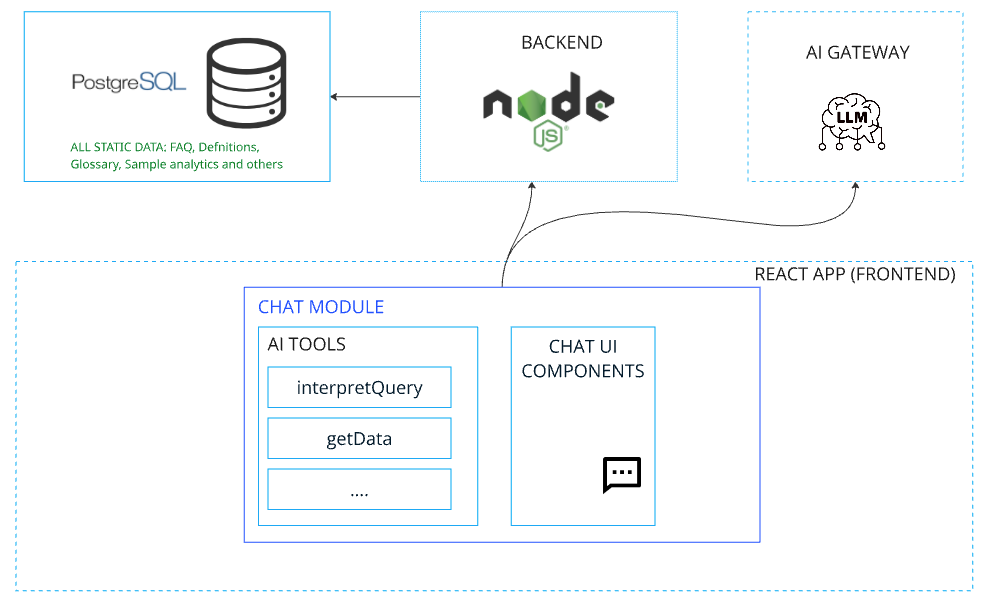AI Search Optimisation — How to Rank in the Age of Language Models
Estimated length: 4,000–5,000 words Author: Lea, MSc Information Retrieval Publish date: 27 June 2025 URL: https://getfoundonai.com/guides/ai-search-optimisation
How to Rank in the Age of Language Models
Published: 27 June 2025 Author: Lea, Head of Content, GetFoundOnAi.com
AI search is replacing traditional SEO. To rank well in language model responses (ChatGPT, Perplexity, Claude, Gemini), you need a new strategy: structured content, authority signals, TL;DRs, prompt-aware formatting, and schema-first implementation.
What Is AI Search Optimisation?
AI Search Optimisation (AISO) is the practice of structuring your web content so that large language models (LLMs) like ChatGPT, Gemini, and Claude recognize, retrieve, and cite it in response to user queries.
This is not SEO 2.0. It's an entirely new retrieval stack built on vector search, re-ranking, and generative outputs.
Why Traditional SEO Is Failing in LLM Environments
Search engine result pages (SERPs) used to be controlled by keyword indexing and link graphs. LLM-driven search is different:
Your content must now "think like a model" — not just like a human reader or a Google crawler.
5 Principles of AI Search Optimisation
1. Answer Questions in Natural Language
Structure H2s as explicit user questions:
✅ “What are the best features for ecommerce product pages in 2025?”
2. Use Structured Summaries (TL;DR)
At the top of every page, include:
30–40 word plain-language summary
<div data-ai-summary> tag for future recognition
3. Incorporate EEAT Without Over-Optimising
Show real-world use cases and credentials inline (“In 2024, our team migrated 1.4M URLs using IndexNow”)
Link author profiles to public repositories or talks
Use schema.org TechArticle + Person
4. Deploy Smart Schema & Indexing Signals
Implement IndexNow, submit on update
Avoid parameterized URLs (no ?ref= duplication)
Add structured data just after <main> element
Use clear hreflang for localisation
5. Track LLM Exposure Directly
Run synthetic queries weekly through ChatGPT, Claude, and Perplexity
Measure citations, paraphrase inclusion, and brand name mentions
Benchmark using cosine similarity vs your corpus
Common AI Optimisation Mistakes
Case Example: From Invisible to Referenced in 3 Weeks
In May 2025, a SaaS founder restructured a landing page using AISO principles:
Converted all H2s to questions
Embedded TechArticle schema
Result: Appeared as a cited source in 11/200 ChatGPT answers within 3 weeks.
Next Steps: Implementing AISO Now
Audit your 5 most strategic pages using the AISO checklist (see infographic)
Add TL;DR + data-ai-summary tag to each page
Rewrite headers as natural questions
Test your visibility with prompt simulations
Subscribe to our updates — we release weekly model change alerts
Infographic: The AI Search Optimisation Checklist
Title: How to Optimise for ChatGPT, Claude, Perplexity & Gemini Size: 1080x1920 (mobile-optimised) and 1920x1080 (desktop) Core Sections:
✅ IndexNow ping on publish
✅ Break into bullet lists
✅ Limit list items to 5–7
✅ TechArticle or FAQPage used
✅ Author with ORCiD or LinkedIn
✅ JSON-LD after <main> tag
✅ Prompt test via GPT-4 weekly
✅ Similarity score benchmark
✅ A/B test TL;DR phrasing

.png)




